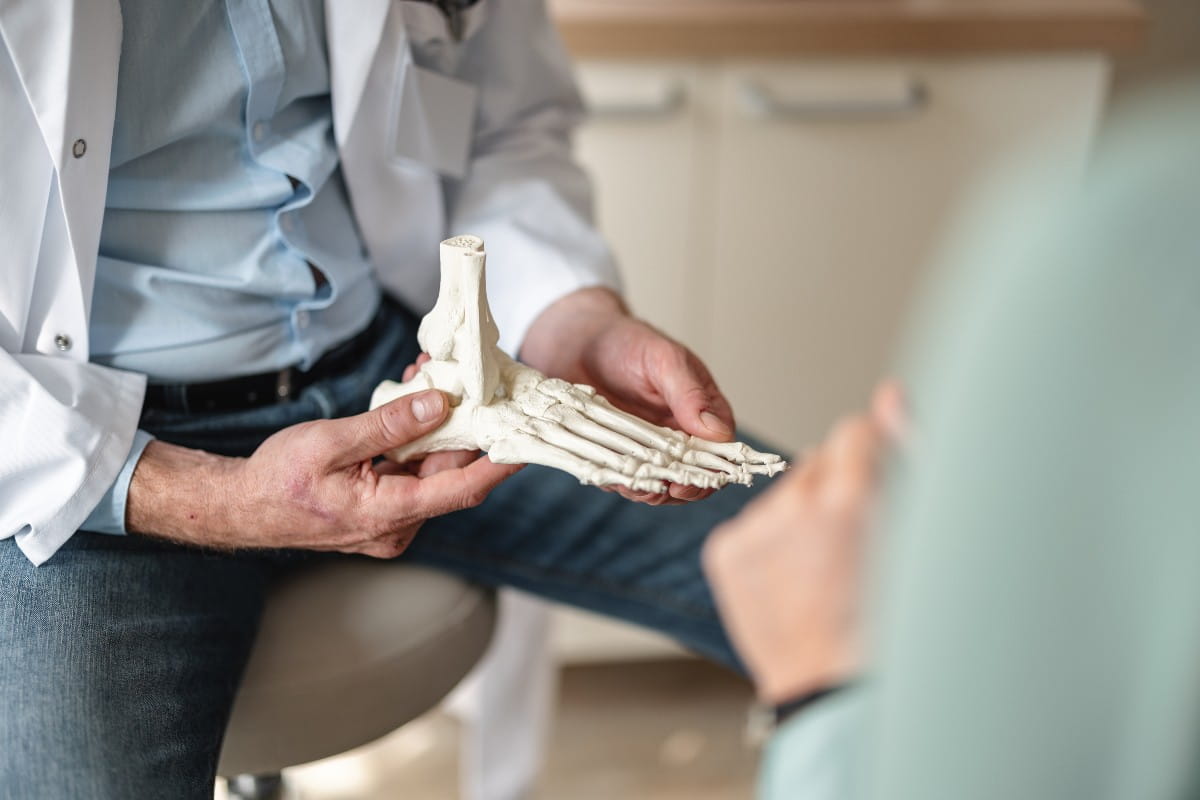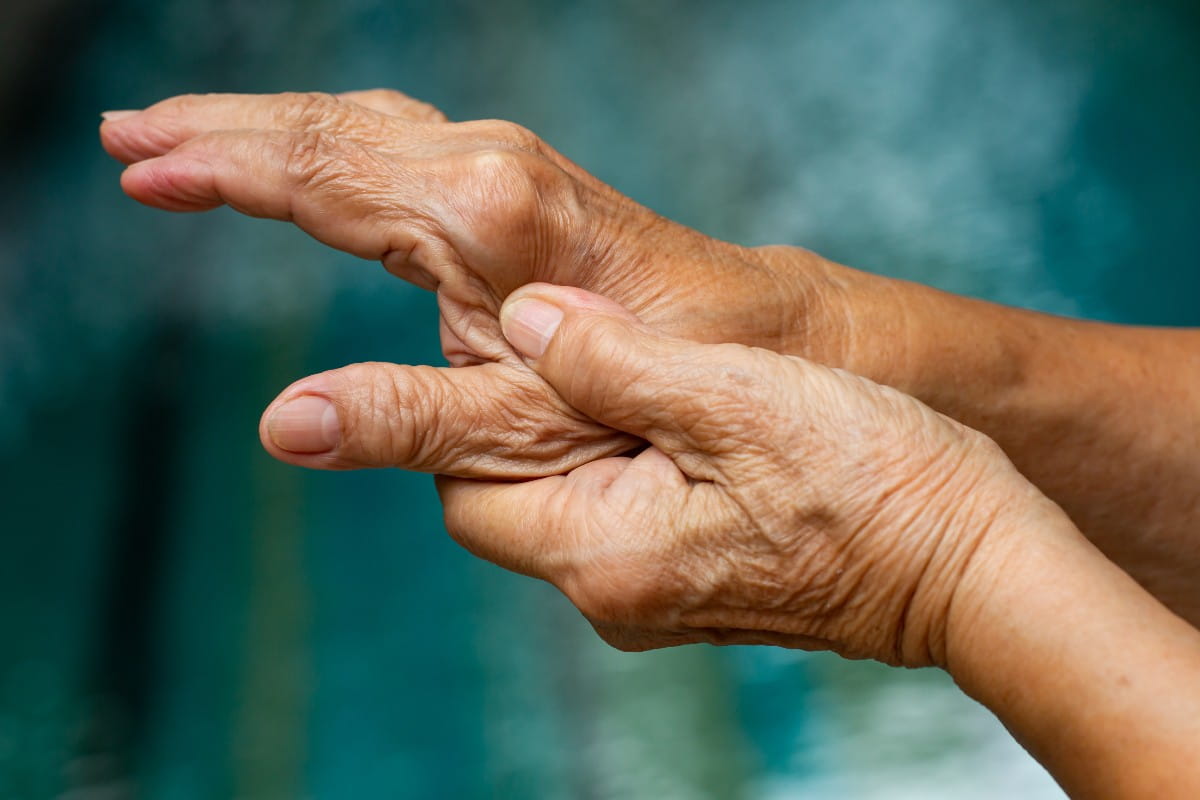There is hope if a foot or ankle condition keeps you off your feet. Orthopedic surgeons are the experts at treating most foot and ankle problems.
Feet and ankles are complex structures made up of bones, muscles, ligaments and tendons. And our lower extremities are one of the most used structures of the human body, so it's no surprise they get a lot of wear and tear. "We use our feet a lot, so pain and mobility problems are common. The good news is, we can treat most foot and ankle problems, and often without surgery," says Jeffrey Levy, D.O., a fellowship-trained foot and ankle orthopedic surgeon with Riverside Orthopedic Specialists.
If you have foot or ankle pain, diagnosis is the first step in getting you back on your feet and enjoying life.
1. Arthritis
Arthritis is a joint disease that can affect the foot, ankle and big toe. Symptoms include pain, swelling and stiffness. If left untreated, arthritis may cause permanent joint damage.
2. Flat feet
Flat feet occurs when arches don't develop in childhood, after an injury or from the everyday stresses of being on your feet. If you have flat feet, your entire foot touches the ground when you stand. Flat feet can change the alignment of your legs and may cause problems with pain in your ankles and legs.
"Developing flat feet as an adult is one of the most common problems affecting the foot. We have many treatments available, from nonsurgical methods, such as orthotics and braces, to surgery," says Dr. Levy.
3. Bunions (Hallux Valgus)
A bunion is an enlarged 'big toe' joint that develops from direct irritation and movement patterns. As a result, the bones that form the joint move out of alignment, and the joint becomes swollen and red. Bunions cause pain, difficulty walking and trouble finding shoes that fit.
"Surgery isn't always required for bunions. In many cases, wearing wider shoes with adequate toe room can alleviate pain from bunions. Other treatments that take pressure off the big toe can also help," says Dr. Levy.
4. Hammer toe
Hammer toe occurs when the toe's middle joint is bent, and the toe resembles a hammer. It most commonly happens in the second, third and fourth toe, contributing to pain, difficulty walking, and corns or calluses on the affected toe.
5. Metatarsalgia
Metatarsalgia is pain and inflammation on the ball of the foot. It is usually related to how a person walks, foot anatomy and abnormalities in the foot or ankle. For example, athletes, people with high arches, and those with bunions or hammertoes are more likely to develop metatarsalgia.
6. Ankle instability
This chronic condition stems from damage to the ligaments that hold the ankle joint in place. The instability causes the outer side of the ankle to slip. It usually results from repeated ankle sprains. Ankle instability occurs during movement but can also occur while standing. You may experience pain, swelling and discomfort with ankle instability.
7. Cartilage injury (Osteochondral injury)
An osteochondral injury is an area of abnormal or damaged cartilage and bone on the top of the lower bone of the ankle joint.
8. Ankle and foot fractures
Fractures are one or more broken bones in the foot or ankle. Complete fractures are sudden bone breaks that happen with impact, while stress fractures are micro-breaks more likely from overuse. Complete fractures typically result in significant pain and swelling, whereas stress fractures result in dull nagging pain and discomfort.
9. Achilles tendon tear and tendinitis
The Achilles tendon is the largest in your body and attaches your calf to your heel bone. While it is usually a strong tendon, it can become irritated or even rupture under extreme stress. It may be able to heal with rest, but many people need surgery to correct this problem.
10. Plantar fasciitis (heel pain)
Plantar fasciitis is heel pain resulting from inflammation of the plantar fascia ligament that sits on the bottom of the foot. Inflammation can result from stress or injury to the ligament.
Get the help you need to get back on your feet
Orthopedic surgeons have long been the experts in treating the most common foot and ankle conditions. So if you have a nagging pain keeping you from being active, don't wait – get the help you need to get back to life.
Make an appointment with Dr. Levy or one of our orthopedic surgeons and get on the road to recovery.



